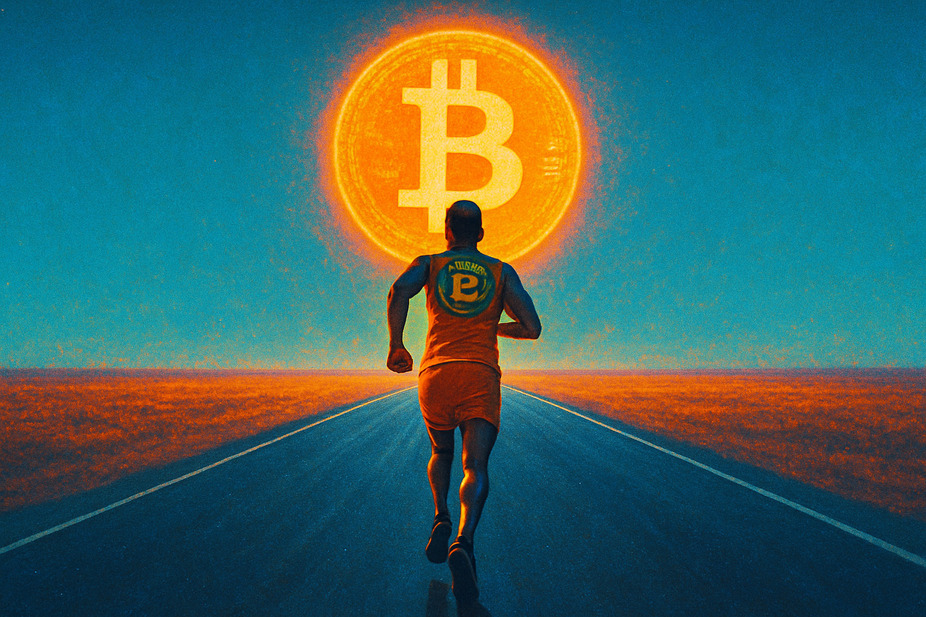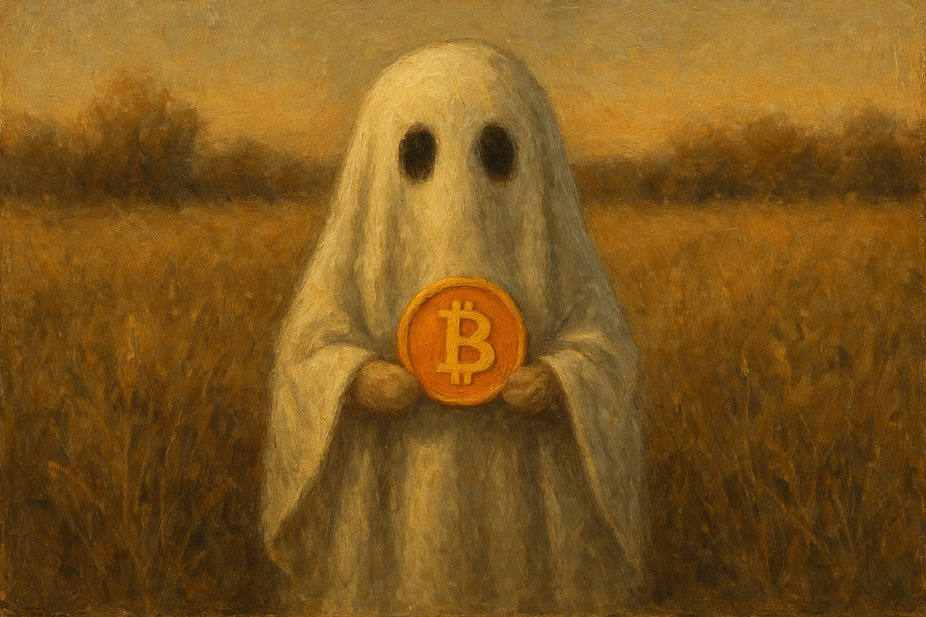Quant
Download Ironwallet app and get tool for making transaction without network fee
About Quant
Quant is a cryptocurrency project and network focused on interoperability and connecting blockchains through its Overledger operating system. The goal of Quant is to enable applications to operate on multiple distributed ledger technologies (DLTs) simultaneously. This allows different blockchains to communicate and exchange value, unlocking a whole new range of use cases and real-world adoption of blockchain technology.
Origins and History
Founding TeamQuant was founded in June 2018 by Gilbert Verdian, Paolo Tasca, and Colin Paterson. Gilbert Verdian is the CEO of Quant and the original creator of Overledger. He has over 20 years of experience working in cybersecurity for enterprises and governments. Paolo Tasca and Colin Paterson also have extensive backgrounds in fintech, DLTs, and entrepreneurship.
Initial DevelopmentQuant launched the first version of the Overledger network and SDK in 2019. Over the next few years, Quant focused on improving Overledger, building partnerships, and readying enterprise solutions. In 2022, Quant unveiled the next phase of its roadmap focused on scalability, interoperability as a service, and Web3 adoption.
Overview of Quant
Quant (QNT) is a dynamic and highly disruptive cryptocurrency that serves as the native digital token of the Overledger network. It’s not simply a form of digital asset but rather a key component of a revolutionary technology platform that aims at interoperating and connecting different blockchain networks. The Quant network’s primary objective is to allow the creation of multi-chain applications (MApps), providing organizations with a new kind of technological infrastructure. The Overledger network does not restrict developers to single blockchains. Instead, it provides a platform for developing MApps across multiple chains, thus introducing unmatched flexibility and scalability. To facilitate transactions and operations on the Overledger platform, Quant tokens are used. These tokens are valuable as they give access to the platform and enable users to build and make use of MApps. Therefore, understanding the Quant token is not just about understanding a new cryptocurrency but about getting a grip on an innovative way to extend blockchain technology’s reach and utility.
Technology Behind Quant
Overledger Operating SystemAt the foundation of Quant is Overledger – the blockchain operating system that connects other DLTs and allows them to interoperate. Overledger enables cross-chain functionality using Quant’s patented multi-DLT approach. This allows developers to build decentralized applications (dApps) that can leverage multiple blockchains.
Consensus MechanismOverledger does not have its own standalone blockchain. Instead, it connects to existing DLT consensus mechanisms like proof-of-work and proof-of-stake. Transactions are validated on their native DLT before data is transferred between chains via Overledger.
Use Cases
Quant (QNT) has substantial applications. As part of the Overledger blockchain operating system, businesses and users can interact with multiple blockchains. It eliminates the need for blockchain-specific infrastructure, thus reducing operational resources and scaling interchain communication. Quant’s technology allows enhanced security, ease, and efficiency, thereby shifting the future of blockchain interoperability.
As for the usage, Quant cryptocurrency can be used to pay for transaction fees within the Overledger network. Moreover, QNT is required to access the network, and developers must hold a certain amount to build and operate mApps (Multi-chain Applications). It also acts as the benchmark for the network’s security.
Places where QNT can be acquired are numerous. Known for its secure transactions and transparency, it is listed on multiple exchanges, including Bittrex, Uniswap, and CoinMetro. As with any digital currencies, tread cautiously and ensure due diligence when transacting. Always rely on legit, trusted platforms and understand thoroughly how to identify potential risks and fraudulent activities. Tailor strategies effectively to benefit from the evolving digital finance revolution.
Tokenomics
Token SupplyQNT has a fixed maximum supply of 14.6 million tokens. 12 million are currently in circulation. The limited supply helps provide scarcity value to Quant as adoption grows. QNT is deflationary as well, with small token burns planned moving forward as the network grows.
Token UtilityQNT tokens are integral to Quant Network’s multi-chain applications. QNT provides access to Overledger and allows holders to pay fees, validate transactions, enable smart contracts, stake assets, and participate in governance. As more connect to Overledger, QNT utility and demand increases.
Factors Impacting Quant Market Value
Several factors contribute to the market value of Quant (QNT) – a unique cryptocurrency that bridges multiple blockchains for improved interoperability. It’s necessary to consider aspects like the adoption rate, including acceptance by financial institutions and technology giants. As more entities resort to blockchain interoperability solutions, there’s a subsequent push for Quant’s utilization, impacting its market value.
Economic conditions and regulations, like any financial asset, also play a significant role. Cryptocurrencies, including Quant, are subject to fluctuations in response to changes in economic scenarios or governmental restrictions. A seemingly bullish crypto market can encourage a higher demand for Quant, driving up its prices.
Another critical aspect is the overall technological development in the blockchain sector. The uniqueness of Quant lies in its Overledger technology which simply offers more than what a typical blockchain technology would. Therefore, as the world progresses technologically, people become more aware of Quant’s importance and the value it brings to the table – resulting in a higher demand and, subsequently, a potential increase in its market value.
Lastly, the supply and demand balance in the crypto market plays a crucial role. A limited supply of Quant coupled with a high demand can increase Quant’s market value. The use of Quant in solving real-world problems perpetually affects its supply and demand dynamic.
Securing your Quant Cryptocurrency
As innovations in cryptocurrency continue to evolve, the question of security is paramount. For those engaging with Quant (QNT), a diligent approach to securing assets is crucial. Sufficient measures should be in place to safeguard against the potential risks of hacks, loss, or theft.
Looking at the protocol layers of Blockchain pivotal to QNT, its security relies heavily on sound blockchain design principles. These principles codify consensus to arrive at a decentralized control protocol. The blockchain design of QNT offers strong security due to its multi-chain nature, making it less prone to an attack.
Despite inherent safeguards, it’s also integral to use security measures at a personal level such as encryption, cold storage, and multisig wallets. Regular software updates are also crucial to maintain security against latest threats. These can protect QNT assets and decrease the risk of cyber threats or loss of cryptocurrencies due to negligence.
In unprecedented times of digital innovation, one must remember that information is an asset – and like any asset, it must be effectively protected. Embracing technology should not mean abdicating security, indeed, it amplifies the need for it. The success and reliability of Quant (QNT), and indeed all cryptocurrency, depends on diligent security practices.
Roadmap and Future Developments
Upcoming MilestonesQuant’s 2023-2025 roadmap details several key developments slated to launch in the coming years. These include a revamped developer ecosystem, tokenized asset issuance capabilities, new Overledger gateways, enterprise solutions like Supply Chain DLT Interoperability, and permissionless staking features.
Long-term VisionThe ultimate goal for Quant is enabling the Internet of Blockchains – a hyperconnected network allowing seamless interoperation between thousands of different IT systems and DLTs. This would revolutionize fields like cybersecurity, supply chains, healthcare, fintech and more by realizing blockchain’s true potential.
How to Buy, Trade, and Store Quant (QNT)
Exploring the modes of acquisition, trading and storage of Quant (QNT) cryptocurrency is crucial for potential investors. Conveniently purchasing QNT involves identifying a credible and reliable cryptocurrency exchange platform. Distributors, such as Binance, Kraken, or eToro, frequently support QNT transactions, thereby assisting investors to expand their digital asset portfolios.
Once acquired, trading QNT encompasses swapping it with other cryptocurrencies or fiat currencies, and this can be performed on trading platforms integrating it. Careful evaluation of market trends and speculation is fundamental for successful trading.
Regarding crypto storage, digital wallets remain a top-tier option. These exist as software, browser extensions, or hardware devices. It’s vital to select a wallet not just based on convenience, but also security, especially since crypto assets are vulnerable to digital threats. Wallets like Ledger and Trezor provide enhanced data protection and secure private keys.
In essence, acquiring, trading, and storing Quant cryptocurrency hinges on choosing reliable platforms and prioritizing security amidst the volatile and unpredictable crypto market space, key considerations that can significantly influence an investor’s success in the digital economy.

























